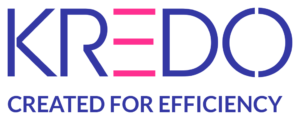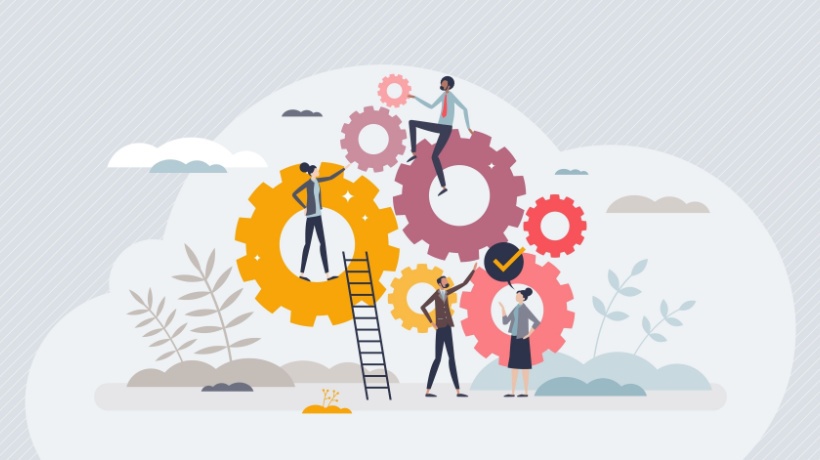Why Career Development Pathways Matter
As per the 2022 report by the Pew Research Center, 63% of employees quit their jobs due to a lack of advancement opportunities. It is placed next to compensation as the major reason why top talent walks away.
High performers, in particular, want to see a roadmap for how their skills can evolve, how they can progress into new roles, and how the organization is investing in their future.
When career development pathways are weak—or worse, absent—employees feel stagnant. They may see limited learning opportunities, unclear promotion criteria, or outdated training programs that don't align with emerging skills. In a distributed or hybrid workforce, this challenge is amplified, as remote employees often feel even more disconnected from mentorship and advancement opportunities.
The decision to leave an organization due to a lack of career development is never a sudden one. The warning bells ring early, if only one has ears for it.
Warning Signals Of Disengagement Of High-Performing Employees
- Drop in engagement: The employee shows less enthusiasm in meetings, contributes less, or avoids new projects.
- Reduced initiative: There is decreased volunteering for new tasks, projects, or stretch assignments that they once embraced.
- Frequent frustration: The employee often expresses dissatisfaction about a lack of growth, unclear goals, or feeling "stuck."
- Increased absenteeism or disinterest: There are more frequent sick days, lateness, or disengagement from team activities.
In some cases, work quality or productivity starts slipping despite having the capability. The employee starts seeking new opportunities.
The cost of weak career development pathways is high because hiring replacements becomes costly and time-consuming.
Building Career Development Pathways
The solution lies in strengthening career development pathways.
Offer Personalized Learning Journeys Aligned To Roles And Future Skills
Every employee is unique and can be trained to follow different trajectories of career goals and future skills.
Learning and Development (L&D) can create customized learning pathways in its Learning Management System (LMS) based on the dynamic skill topography, employees' curiosity, and organizational needs.
A one-size-fits-all approach no longer works. Employees expect learning paths that are tailored to their roles, career goals, and the future skills their industry demands. An LMS can map role-specific journey-blending microlearning, simulations, and certifications so learners see a clear line between what they're learning today and where it will take them tomorrow.
Build Reskilling And Upskilling Programs That Prepare Employees For Tomorrow's Jobs
As technology and market demands evolve rapidly, the shelf life of current skills is depreciating. Organizations must focus on continuous reskilling and upskilling.
Short, modular eLearning courses can help employees acquire new technical, digital, or leadership skills in the flow of work. This helps the organization future-proof its workforce without disrupting day-to-day work.
Provide Clear Role Progression Frameworks With Transparent Expectations
Learning pathways should be linked to visible career frameworks. Employees need to understand: What skills are required for my next role? What training will prepare me for promotion? When eLearning pathways are tied directly to performance milestones and progression criteria, learners see training as a bridge to advancement rather than a compliance checkbox.
Leverage Mentorship, Coaching, And AI-Powered Career Guidance
Blended learning that amalgamates eLearning with mentorship, coaching sessions, and AI-powered recommendations creates a holistic pathway. For example, an AI-powered LMS can suggest personalized courses based on skill gaps, while mentors provide real-world guidance and feedback. Together, this support system helps employees navigate their growth with clarity and confidence.
Scenario
Let's look at a scenario through narrative contrasts.
Weak Career Development Pathways
Jenny, a mid-level manager, feels stuck as she finds no growth opportunities. She completes generic leadership training modules, but they don't connect to her role or career aspirations. There's no clear visibility into what skills she needs to move into a senior role, and without mentorship, she feels directionless. Her motivation drops, and she starts exploring external opportunities.
Curated Career Development Pathways
Through the LMS, Jenny is enrolled in a personalized learning journey aligned to senior leadership skills. She takes targeted courses on strategic decision-making and practices scenarios in simulations. At the same time, AI-powered career suggestions of microlearning nuggets and courses that map to her growth areas. Additionally, a senior supports her progress as a guide. Jenny now sees a clear career path and feels engaged.
Impact: Employees who see transparent growth opportunities supported by learning and mentorship are more likely to stay and invest in their careers internally.
When organizations design robust career pathways, they signal commitment to employee growth, build loyalty, and significantly reduce attrition. In a competitive talent market, career development isn't just an HR initiative; it's a business imperative.
Conclusion
Strong eLearning pathways turn uncertainty into opportunity, helping employees reskill, upskill, and adapt to evolving business needs.
To empower our partners to deliver continuous learning for their employees, we constantly innovate to enhance both our technology and services to support flexible, personalized, and impactful development experiences.
At Tesseract Learning, our learning and visual architects adopt innovative approaches to design, develop, and deliver effective L&D programs across different skill sets and departments.
Our learning platform, KREDO, leverages AI models and algorithms to create efficiencies across the training life cycle. With AI-driven analytics and automation, it enables the curation of personalized learning paths and learning experiences tailored to individual needs. This mobile-friendly LMS helps scale corporate training. KREDO can help you create courses in minutes and also suggest courses that map to the growth areas of the employee.
To learn more about our products and services and how we can help you, contact us.










